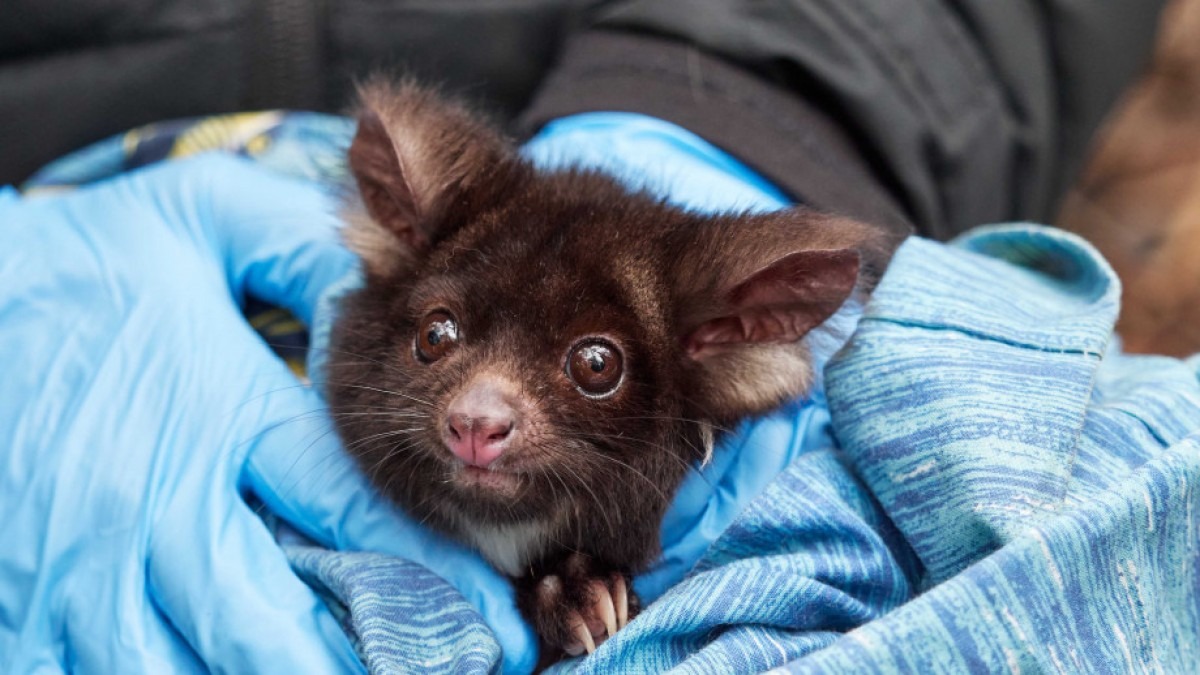Heat spells doom for Aussie marsupials
When animals are hot, they eat less. This potentially fatal phenomenon has been largely overlooked in wild animals, explain researchers from The Australian National University (ANU) in a new article.
According to lead author Dr Kara Youngentob, it means climate change could be contributing to more deaths among Australia's iconic marsupials, like the greater glider, than previously thought.
"Hot weather puts all animals off their food. Humans can deal with it fairly well; we usually have plenty of fat reserves and lots of different food options," Dr Youngentob said.
"But it's much more serious for animals with highly specialised diets, like greater gliders. If they don't eat regularly, they don't meet their nutritional requirements to stay alive. They also get most of their water from their food, so not eating leads to dehydration too.
"Even night-time temperatures can get hot enough to cause nocturnal animals to lose their appetite during heatwaves.
"A lot of the focus until now has been on the impact of climate change on food quality and quantity, but the bigger picture here is that hot animals eat less even if they have plenty of food."
We already have evidence that marsupials have trouble processing the natural toxins in eucalyptus leaves at high temperatures. But in this scenario, hot temperatures alone, even with a toxin free diet, can stop them from eating enough to stay alive.
Dr Youngentob said there are a few things we can do to address the issue, including protecting sources of food.
"If you're eating less, the small amount you do eat needs to be more nutritious. Not all eucalypts have the same level of nutrients, so we need to identify and protect those areas of the forest that have the best quality food for these animals," Dr Youngentob said.
"We should restore degraded forest with more nutritious food trees too.
"We also need to look closely at what makes some forests cooler, and what contributes to forests getting hotter so we can protect and expand those cooler microclimates."
The paper has been published in Trends in Ecology & Evolution.

